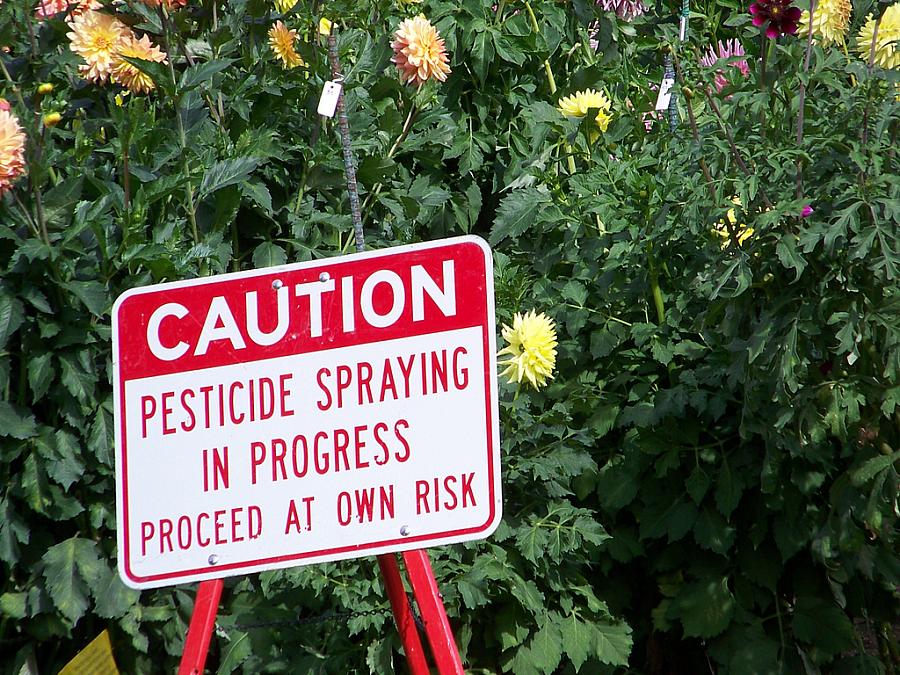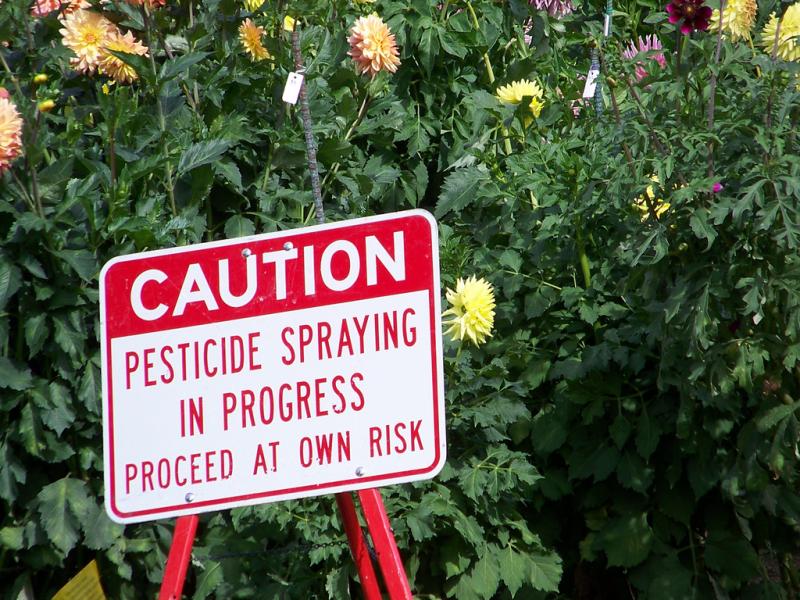Pesticides and Parkinson's: Covering Environmental Health in Your Community

 Journalist Joy Horowitz has covered many stories in her day, but few were more challenging than her Sierra magazine story on the link between pesticide exposure and Parkinson's disease in rural California. Testing water samples for pesticide residue was arduous and expensive – but worth it in the end, she says.
Journalist Joy Horowitz has covered many stories in her day, but few were more challenging than her Sierra magazine story on the link between pesticide exposure and Parkinson's disease in rural California. Testing water samples for pesticide residue was arduous and expensive – but worth it in the end, she says.
Horowitz' story prompted Senator Dianne Feinstein's staff to call epidemiologist Beate Ritz, whose research sparked Horowitz' reporting, to discuss more regulation of pesticides.
"My journal article didn't get me the Feinstein call, not at all," Ritz said. "What I needed was someone to get the story out to the public. "There are lots of pesticides that have been created to kill pests, by affecting their nervous system, and they're probably not good for us either.
Horowitz and Ritz offered context and reporting tips on covering pesticides and other environmental health stories to California Endowment Health Journalism fellows gathered in Los Angeles this week for a reporting seminar. After finding that women exposed to freeway air pollution while pregnant were at higher risk for having lower birth-weight babies, Ritz turned her attention to pesticides, finding that Central California residents exposed to high levels of pesticides in water and air had a higher risk of Parkinson's disease.
Many readers will be outraged after reading Horowitz' story, which appeared in Sierra, the magazine of the Sierra Club. Here's an excerpt:
Some neurologists dub the 300-mile-long string of Central Valley farm towns between Bakersfield and Sacramento "Parkinson's Alley," and recently released statistics back them up. A study published last year by researchers at the University of California, Los Angeles, found that Central Valley residents under age 60 who lived near fields where the pesticides paraquat and maneb had been used between 1974 and 1999 had a Parkinson's rate nearly five times higher than other residents in the region.
Horowitz felt that outrage herself while reporting.
"No federal or state standards regulate domestic well water. That's crazy," Horowitz said. "Ground water, mostly from private wells, is the main source of drinking water for 43 million Americans.
She found that while state regulators tested 139 wells and found pesticides in 103 of them, they wouldn't disclose the locations of the tainted wells "because of terrorism concerns."
"That really infuriated me," Horowitz said. "Getting pissed off is what gets me going. "
Ritz and Horowitz offered these reporting tips:
1. Find a guide. If you choose to write about pesticides, make sure you have somebody at a school of public health in your area or somebody who can help translate scientific information for you. It's so easy to get trapped in the emotion of this, to find someone who's ill who says it's because of pesticides," Horowitz said. In short: you need science to back up your story.
2 Who are the regulators? Know who has jurisdiction over ground water in your community and ask what laws do or don't apply to groundwater contamination. What is the history of these laws? Have they been watered down over time? By whom?
3. Who are the advocates or whistleblowers? Advocates can come from unlikely places: farmworker rights groups, patient or caregiver support groups, homeowners groups or concerned scientists. They can help you find people who are
4. Who wants the status quo? Agricultural businesses and sympathetic lawmakers have been trying to weaken the state's monitoring system for pesticide use and residues, in part by cutting funding for the agency in charge of the system, Ritz said.
Reporting Resources:
Well Water Consumption and Parkinson's Disease in Rural California
Taking Water Samples: Lessons from the Field
Pesticides and Parkinson's Disease in California's Central Valley
Covering Environmental Health: Tips for Journalists
Employing Human Testing to Tell Stories about Environmental Health Risk
Photo credit: jetsandzeppelins via Flickr
